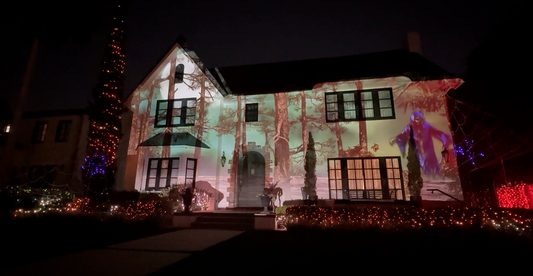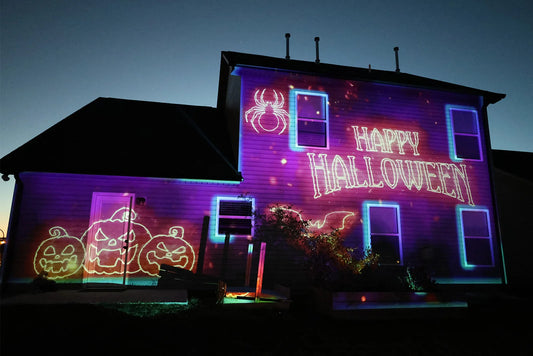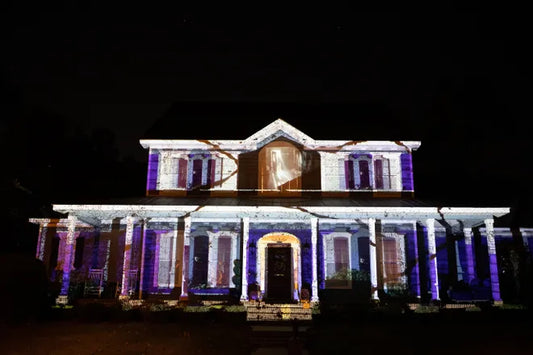Projection mapping has a wide range of applications across various industries, including advertising, marketing, entertainment, and art. Some of the most common uses of projection mapping include:
- Advertising and marketing campaigns
- Creating immersive environments for events
- Enhancing the visual appeal of buildings and public spaces
- Creating art installations and exhibitions
- Enhancing theatrical and live performance experiences
- Conclusion
Projection mapping is a powerful technology that has transformed the way we experience visual media. By creating a virtual map of any surface or object, projection mapping allows for limitless creative possibilities, from transforming buildings into works of art to creating immersive environments for events. With the right software, hardware, and expertise, projection mapping can be used to create truly unforgettable visual experiences.
The History of Projection Mapping: From the First Techniques to Modern Applications
Projection mapping, also known as spatial augmented reality, has come a long way since its origins in the early days of film and theater. In this blog, we will explore the history of projection mapping, from its earliest techniques to its modern-day applications.
Early Techniques
The earliest techniques of projection mapping can be traced back to the 19th century, when magic lanterns were used to project images onto walls and screens. These early projectors used glass slides with hand-painted or photographic images, which were manually switched out to create the illusion of movement.
In the early 20th century, film projectors began to replace magic lanterns as the primary tool for projection mapping. The first full-length feature film, The Great Train Robbery, was released in 1903 and used simple projection techniques to create the illusion of movement and depth.
In the 1930s, Disney Studios pioneered the use of multi-plane cameras, which allowed for more complex and realistic animation. These cameras were essentially stacked projectors, with each layer representing a different element of the scene, such as the foreground or background.
Modern Applications
Projection mapping has evolved significantly since its early days, with modern technology allowing for more advanced and sophisticated techniques. In the 1990s, the development of 3D projection mapping software allowed for more accurate and detailed mapping of surfaces and objects.
Today, projection mapping is used in a wide range of applications, from advertising and marketing campaigns to art installations and live performances. One of the most famous examples of projection mapping is the annual New Year's Eve ball drop in Times Square, which features a dazzling display of visual effects projected onto the ball as it descends.
Projection mapping is also commonly used in live music performances, creating immersive and visually stunning backdrops for artists. In 2016, Beyoncé used projection mapping during her Formation World Tour, projecting vivid images onto a massive 20,000-square-foot LED screen.
Conclusion
Projection mapping has a rich history, dating back to the early days of film and theater. From its humble beginnings with magic lanterns and film projectors to its modern-day applications in advertising, art, and entertainment, projection mapping has become a powerful tool for creating immersive and visually stunning experiences. With advances in technology and creativity, the possibilities for projection mapping are truly limitless.




